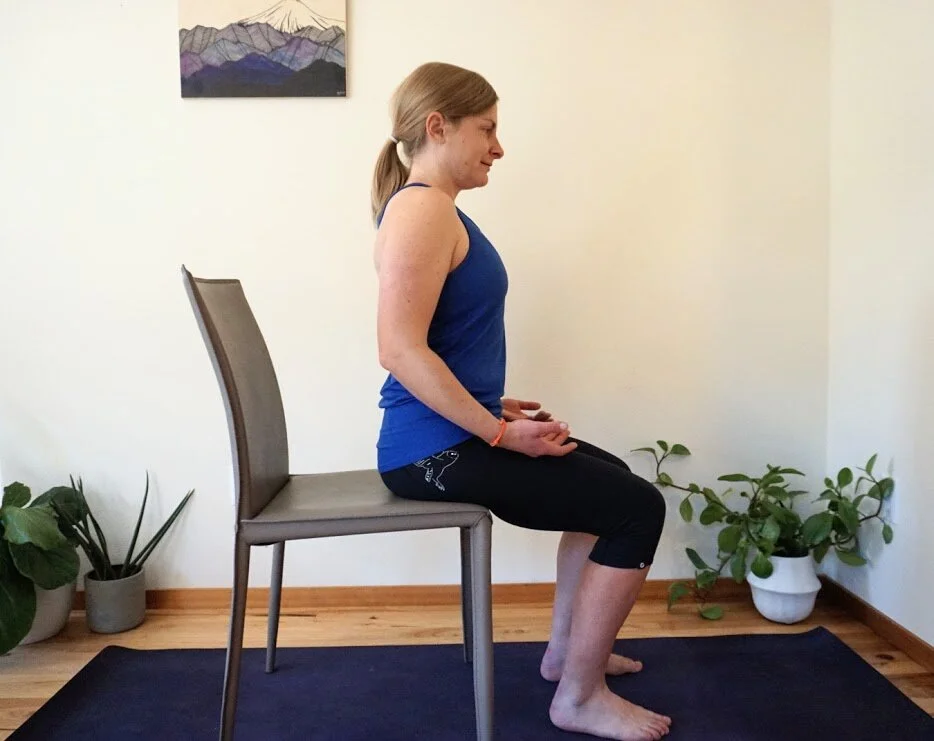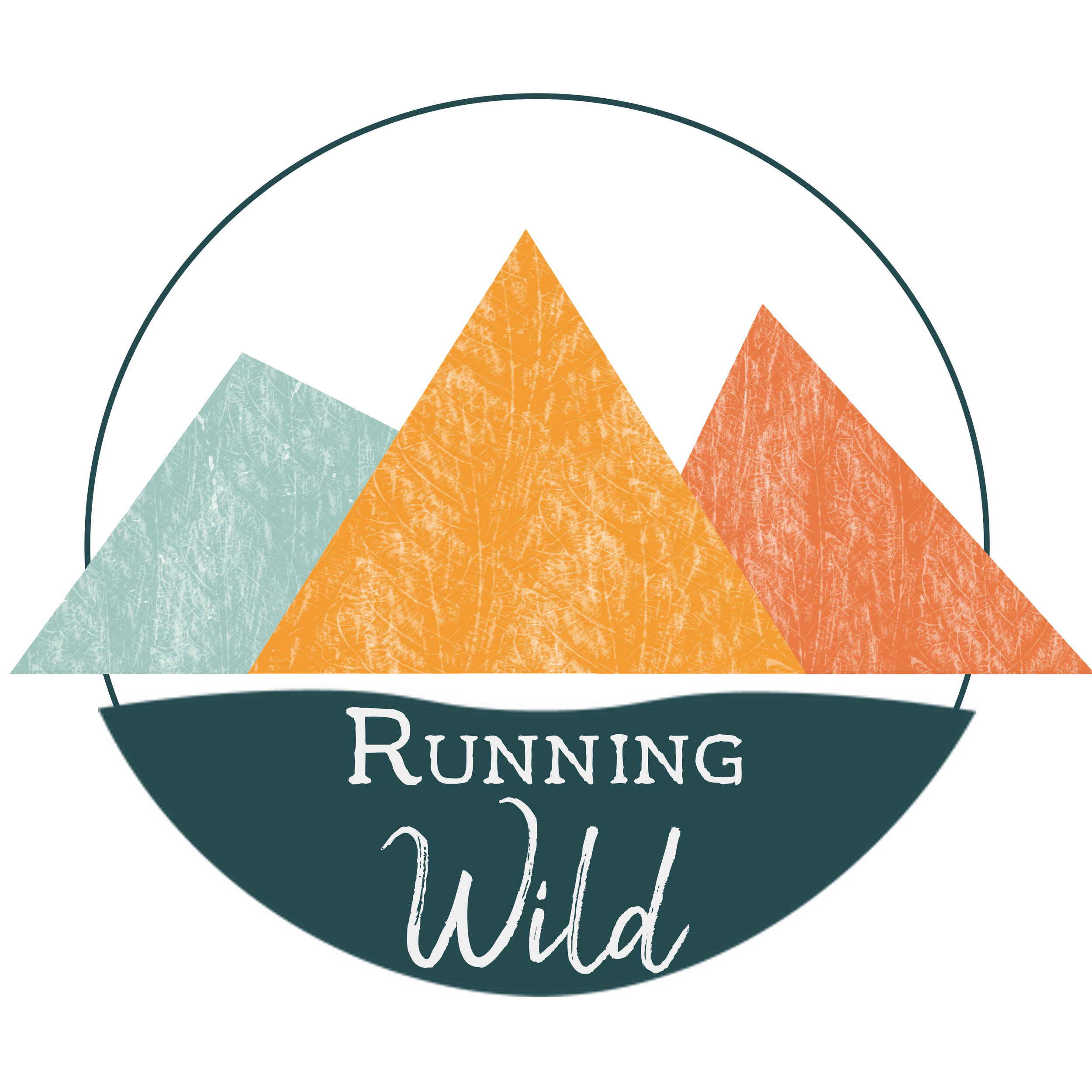Your Posture May Be More Important Than Corrective Exercises
Your daily posture and movement patterns are more effective at changing your body than 60 min of corrective exercises daily.
It’s all about posture
Your posture and daily movement patterns are more important than any corrective exercises you might do in a day. This might come to a shock for some of you, but let’s just break down the math a bit. If you sleep for 8 hours a night, you are awake for 16 hours a day. Chances are if you are doing corrective exercises (foam rolling, core exercises, stretches, etc…), you are maybe doing them on average 1 hr/day. Well that is only 6.25% of your total waking day. You spend so much more of your time sitting, standing, walking, bending and moving. And if you are an injury prone person (like me) or care about the longevity of your body you might want to start paying more attention to your posture and your movements patterns.
Sitting
We tend to sit quite a bit throughout the day. We sit while we eat, drive, watch tv, read, socialize, etc… You get it, we sit way too much! Luckily there are posture cues to think about to help correct muscle imbalances and reprogram the way you move.
Start by standing in front of a chair with your feet a little wider than hip width apart
Hands on your low back and stick your butt out so you have a slight arch in your back
Make sure your knees do not cave inward as you bend your knees and bring your butt back
When sitting, make sure you are sitting on the front half of your sit bones
Relax your chest and ribcage (as opposed to thrusting them forward)
Draw your shoulders down away from your ears and lengthen through the crown of your head, try to keep your chin slightly tucked and your ears over your shoulders
Avoid: crossing your thighs, rounding your low back in a “c” position, or sitting for long periods of time.
When you can, try to sit at the edge of a chair, this will naturally use your core strength. When you want to use the back rest, just scoot your butt back, arch back and let your shoulders rest on the back rest. I like to use a pillow to fill the space between the backrest and my low back, it is so comfortable and helps prevent your body turning into a “c” position. Better yet, ditch the chair completely and sit on the floor! For different ways to sit on the floor click here or for tips at working a desk job click here.
Standing
When done correctly, standing can be a great way to strengthen your feet, glutes and core! Have you ever noticed after standing for long periods of time you get tired and you notice that you thrust your hips forward, shift your weight from one side to the other, or try to lean on something. Here is something to think about when you catch yourself doing any of those things to help increase the strength and endurance of your muscles!
Feet should be slightly less than hip width apart
Toes should be pointed forward or slightly outward
Soften your knees (do not lock your knees)
Shift your hips back so you feel a little more weight in your heels than your toes (this allows your hips to be stacked directly over your heels)
Relax your chest and ribcage (as opposed to thrusting them forward)
Drop your shoulders down away from your ears and lengthen through the crown of your head, keeping your ears over your shoulders
Avoid: crossing your legs, shifting to one side, thrusting hips forward, hiking one hip out, crossing your ankles, locking your knees
Try to make this feel comfortable and relaxed. Also the shoes you wear have a huge impact on the rest of your body, barefoot is best, but we aren’t always able to go barefoot so try selecting shoes that have a zero heel drop, wide toe box and a flexible sole See blog about footwear.
Bending
This is such a great way to work on hamstring flexibility, glute strength and core strength and all you have to do is pick up something!
Grab a broom stick and stand tall making sure the broom stick is touching 3 points (the back of your head, in between your shoulders, and your sacrum)
Place your feet slightly wider than hip width apart and soften your knees
Hinging forward from your hips (shift your butt back and let your chest drop down, while maintaining the 3 points of contact)
Stop bending forward if you start to lose contact with either 3 points
Whatever area you lose contact with is the area that has to work harder, so if you lose the contact from the back of your head, you are lifting too much from your neck (if you lose contact at your sacrum, you are lifting too much from your lower back)
If the object you are trying to reach is farther than your current range of motion you can bend your knees as much as you need to reach the ground. The more you do this throughout the day the more flexible your hamstrings will get and the easier this will be!
Squatting
You can kind of clump bending and squatting into the same category, but I thought that it was so dang important that I created its own blog post.
Click here to learn more about squatting.
Hopefully this helps to enlighten you about the importance of your daily posture and eliminates some stress if you didn't get all your stretches and foam rolling in for the day.






